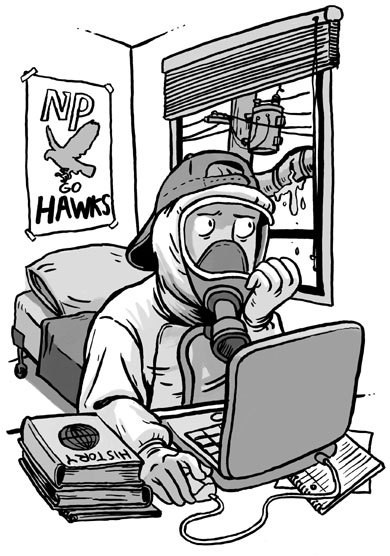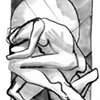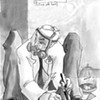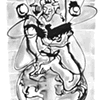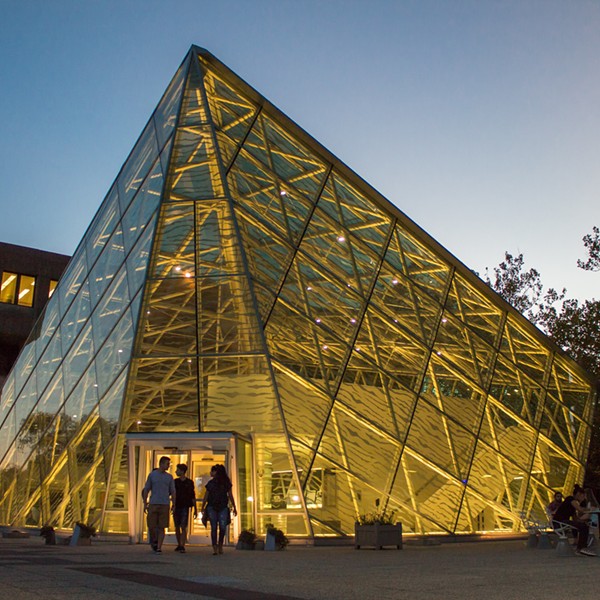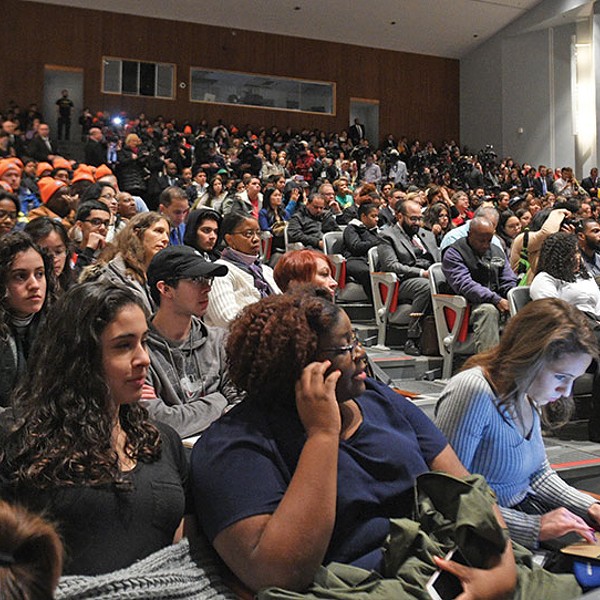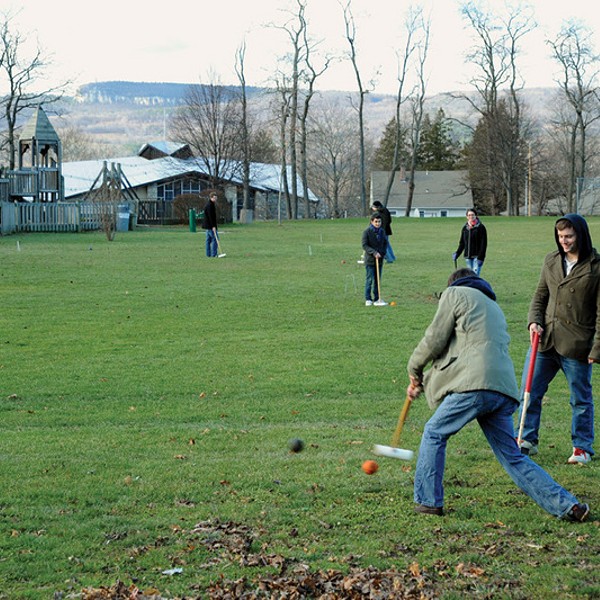There is an old expression that we all live downwind. That is, no matter who or where you are, it’s not “someone else” who gets the brunt of environmental toxins, it’s all of us. But then, sometimes you find out you’re a little more downwind than everyone else, and you get to make a choice. At this time of year in 1992, the suny New Paltz campus was a disaster area, reeling in both contamination and chaos from the explosions of six electrical transformers in dormitories and academic buildings. pcbs at the college remain a serious issue for our community, and Chronogram remains the only publication committed to reminding people about the campus issue, which we do annually to warn each incoming group of students of the dangers they face.
But New Paltz is also a case study of what happens when a contamination incident occurs, and its history and psychological patterns can inform people everywhere about what to expect when disaster strikes. Where there is serious contamination, you can count on two other factors: lies and ignorance. Most people cannot comprehend either a) the concept of a supertoxin and b) that public officials will open their mouths and spout bald lies, just to cover their asses and save their budgets while students live in jeopardy and danger. If I had to decide which was more frightening, seeing guys walking around Bliss, Capen, Gage, and Scudder halls with moon suits and air tanks on, and the way students and parents responded at the time (and have ever since), it would be a tough call. How did they respond? Most people, when told what I’m going to tell you now, simply didn’t care. I don’t mean they didn’t shake their head and say wow, that sucks. That’s not caring. Caring is realizing the problem is serious enough to leave those buildings, as in leave and not come back except maybe to move your stuff out.
Because those people who saw the moon suit men, the waste drums, and the plastic-wrapped buildings did not care (when it was so obvious), students today live in and attend classes in buildings with serious problems when it’s not so obvious. But if a guy looking like an astronaut standing in the doorway to Capen Hall (the allegedly least contaminated building) two hours before students were allowed back into the building was not convincing, I don’t rightly know what would be today.
Let’s take it from the top. At 6:28am on the icy morning of December 29, 1991, when we were all much younger, a car skidded off South Putt Corners Road and slammed into a power pole. The wires crossed and messed up the electrical current that was flowing into the campus power grid. First, all the fire alarms went off from the power problem, but that was determined to be a malfunction. Then at about 7:15am, smoke was seen pouring from a little room on the ground floor of Gage Hall. Soon that billowing smoke would fill the building and be visible for half a mile. A transformer insulated with polychlorinated biphenyl (pcb) liquid was burning up—words that would put chills into the spine of anyone who knows their meaning. pcb fluids were used inside transformers to diffuse heat and prevent fires, but they turned out to be time bombs. The fluids break down, and the units become explosive.
Over the next half hour, transformers in all four of the quad dorms would burn or explode violently, spreading toxic plumes through the heat and ventilation systems, into electrical conduits, through corridors and into the land and ground water. Every square inch of Coykendall Science Building, the largest building on campus, was badly contaminated. Eventually, after many half-baked cleanup efforts there, engineers threw in the towel and the building was totally gutted. Parker Theater experienced a transformer fire and a river of toxins flowing through the place. The whole cleanup would stretch out for more than six years and cost well over $50 million; I have not seen a cost accounting recently, but it’s substantially more than that. And think of this: the college originally thought the cleanup might take the weekend.
You may be wondering, how did this happen? Well, it goes back to about 1937, when Monsanto, which manufactured all the American-made pcbs, commissioned a study about the dangers of the chemicals and found out they were very seriously toxic. They killed liver cells and caused systemic poisoning in rats, which helped explain diseases in workers. That is, the rashes workers got were not a localized effect but rather a symptom of the whole body being sick. That’s when the cover-up began; for the next 40 years, pcb manufacture went on unchecked, and as the dangers became known to industry, they were hidden from the public, the government, and the press. By 1979, new pcb equipment was banned, but certain existing equipment could stay in place; the transformers in New Paltz, installed in the sixties, were left in campus buildings, waiting for that car to skid off South Putt Corners Road.







